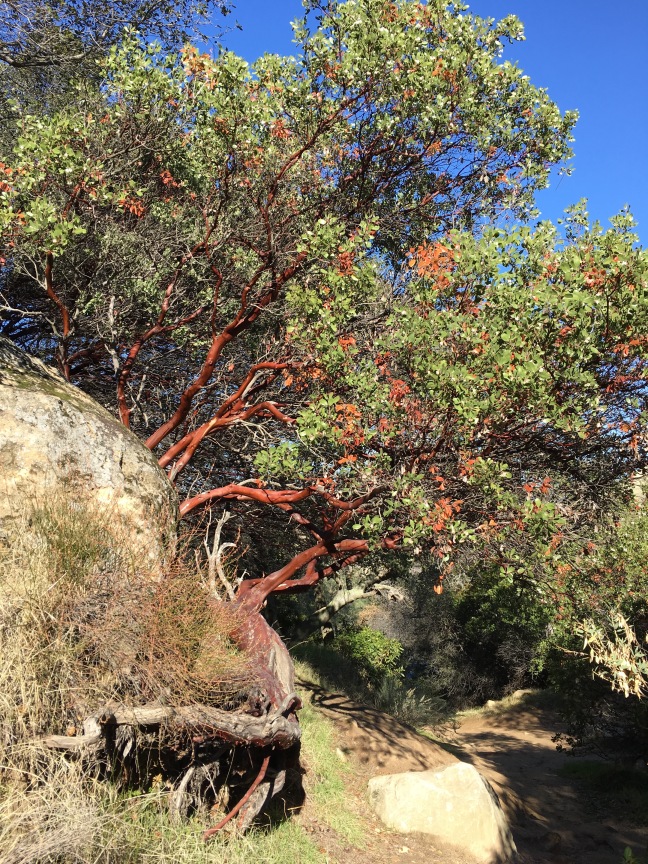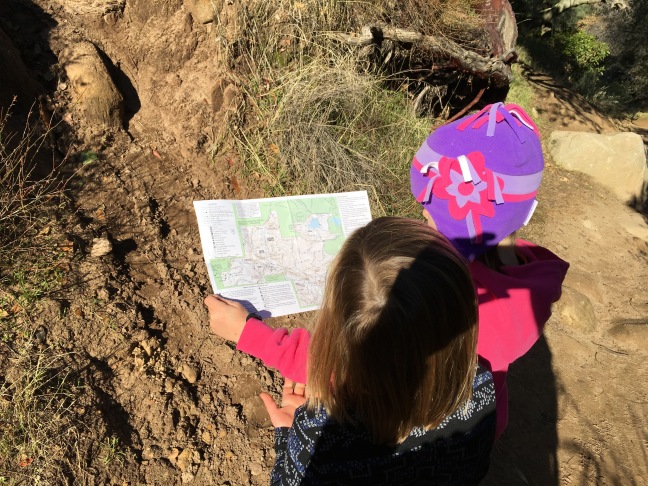I love parks. I have said so many times and working in dozens of local, regional, state, and national parks over the years has only increased my love of, and respect for, our parks. So it is a special treat when I get to explore a new one and find it is so much more than I expected. Black Diamond Mines Regional Preserve is one of those treasures.
Black Diamond Mines Regional Preserve has been on my radar for a long time, but it is also a decent distance from my house (an hour or so with normal traffic.) As a destination, this park had to really wow me to make me want to come back. It delivered. Two trips in and I can’t wait to go back.
First of all, the topography is enchanting. Unlike the rest of the lovely rolling hills in the East Bay, this park is has steep hillsides and narrow, tree-lined ravines. Driving into the park you immediately leave modernity behind and see nothing of the rest of the world. It’s totally immersive.

Black Diamond Mines Regional Preserve encompasses an area that was first mined for coal in the 1860s. At the time it was one of the most populated areas in this part of California. Five towns once existed within the mining district. Then in the 20th century, after the coal mines closed, sand mining began. The sand mines were way more extensive than the coal mines, but both resulted in numerous shafts throughout the area. Most have been sealed for safety but a few have been gated for the curious to peer into. There are a number of books on these periods of development and the park has interpretive materials throughout as well.
We have now made two trips to explore the park. The first was New Year’s Eve day last year. I went with my two kids and a friend who brought two of her (now) four children. (The kids ranged in age from 4-8.) After a warm-up snack, the kids surprised us by rushing up to see Rose Hill Cemetery. It is hard to miss. Just look for the tall Cypress trees on the hills above the parking lot. Once there, the questions got real pretty fast when they spotted the graves of children. Teaching moment – life was pretty hard in the 1860s.

Not letting a thing like death or sickness dampen the day, we had another snack break then headed back downhill to follow the self-guided tour. It lead us from one mining-related site to another, including caves, mine shaft openings, a (sadly closed) visitor center INSIDE the mountain, and a railroad spur. After two hours of climbing over sandstone trails and peering into gated mine shafts, they were ready for a final snack before heading home. I stopped at the open visitor center near the entrance on our way out. It was a quiet day and I think the ranger was glad to have someone to talk to. Lucky for him, we love to ask questions. When my son asked about the snake in the aquarium near the corner, the ranger took it out for him to hold. He was in heaven. We left there with a bag of coal, two free 2015 Trails Challenge t-shirts, and a vow to come back when the mines tours were open.
That leads me to the second trip a few weeks ago. The park staff operates guided tours of the Hazel-Atlas sand mine from March through November. Apparently it is too cold in the mine the rest of the year for them to comfortably run tours. Anyway, for curious bodies 7-years old and up, you can pay a nominal fee ($5 for the tour we took) and enjoy a 90-minute stint in the mine. (Snack it up before the tour. No eating is allowed inside.) It normally starts with a presentation in a theater they wired in an excavated area near the entrance. Yep. A theater. In a mine. The projector was on the fritz during our tour so we got a low-tech version of the presentation outside. After that you get outfitted with a hard hat (like a real miner) and grab a colorful flashlight from the rack near the theater. If you are cold they have jackets too. This sounds silly until you realize that for months of the year the outside temperature is 90+degrees while inside it stays in the 50s.
I won’t spoil all the fun but you do get to see coal seams, an earthquake fault, ancient sea fossils, vast caverns, and real mining equipment. Our tour guide was AMAZING and clearly loved his gig. My son was enthralled from the point when he could touch the earthquake fault. My daughter was less into it but was still a good sport. My husband said it was one of the best tours he has ever been on, and he is a hard customer to impress.
Then, on our way out, another ranger had a table set up near the parking lot to educate folks on the native tarantulas that live in and around this park and Mount Diablo in general. He had 2 male spiders, both larger than I would hope to see on a hike. They were apparently rescued from near the edge of the parking lot. Yikes! We learned lots about them, including that they were likely 7 or more years old and that they were both going to die in a few weeks. There were also some delicate conversations around spider mating as well, so it was an education for everyone.
Now it’s time for another visit. Apparently you can hike to the remains of one of the mining towns, like discovering your own ghost town. This is definitely a place best hiked in the cooler months as the tree cover is minimal and this part of the Bay Area can be brutally hot in the summer. Still, there is so much to enjoy at this park, both natural and historical that just about anyone could find something of interest.
Just bring snacks. And watch out for giant spiders.
Details:
Black Diamond Mines Regional Preserve is located approximately 4 miles west of Highway 4 in Antioch. Parking fees apply. Call ahead for mine tours and visitor center hours. The parking lots have restrooms and water but plan to bring water with you if you hike much beyond the parking lots. Mine tours run March – November. September is the best time to see tarantulas.
